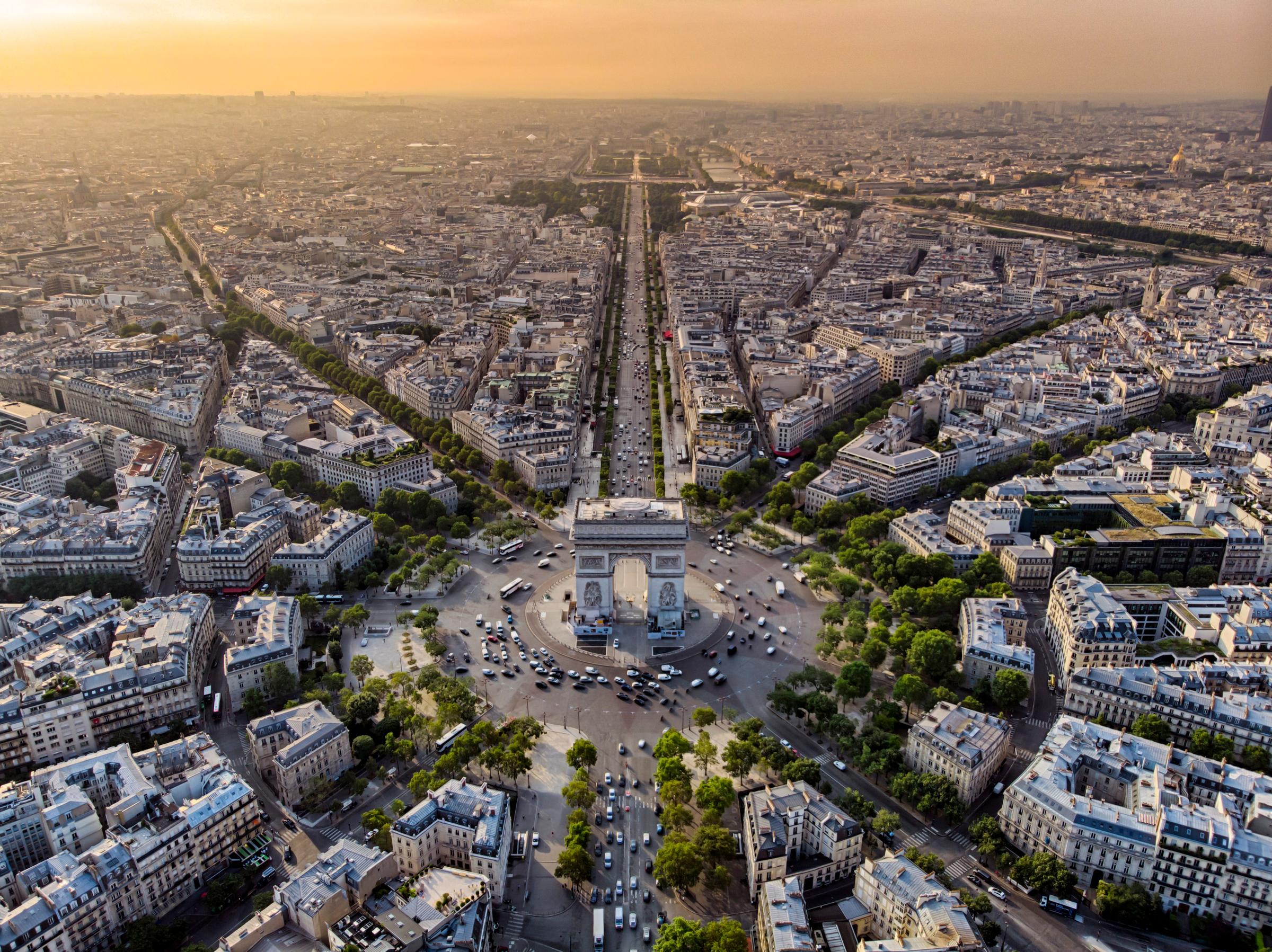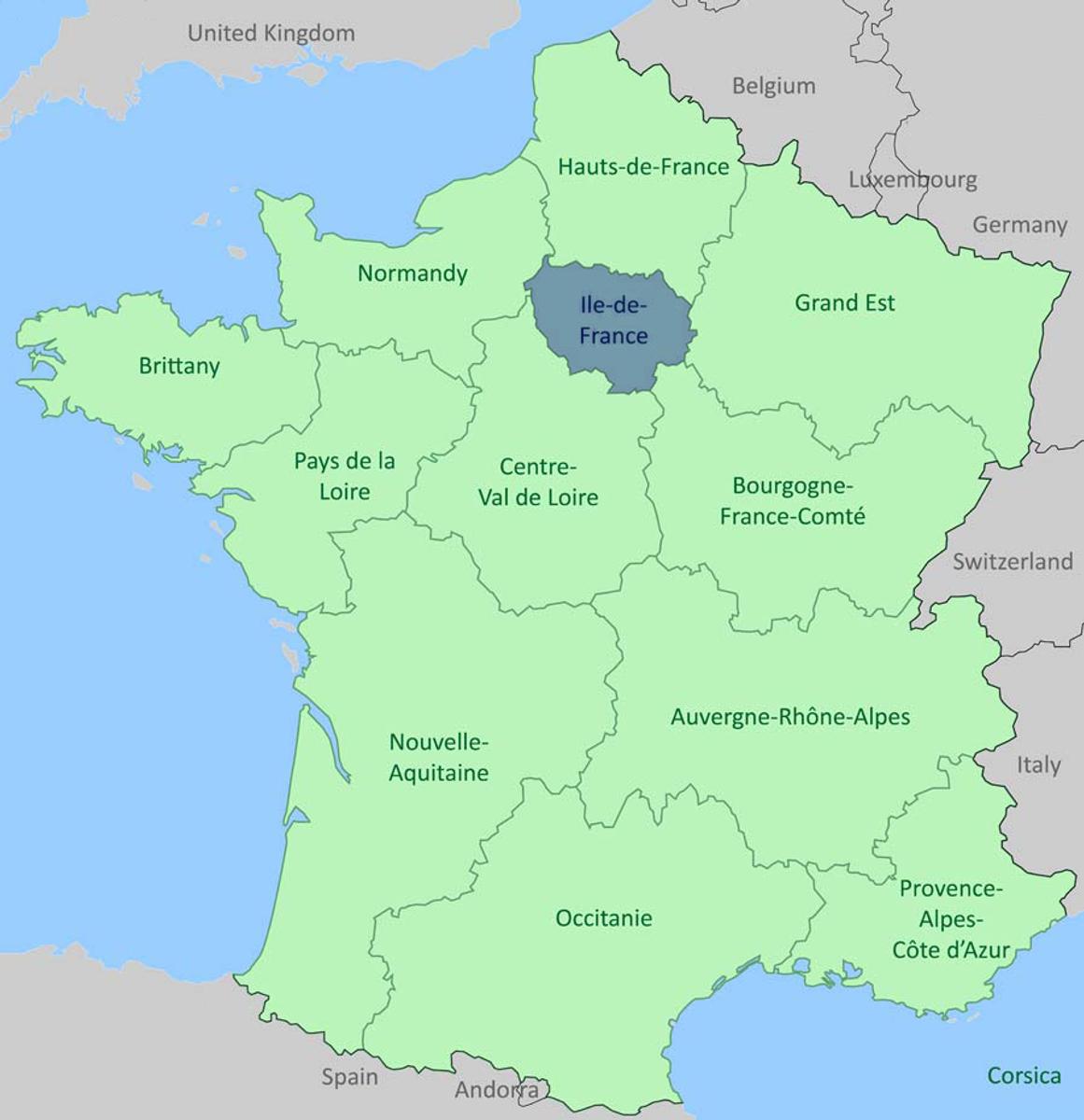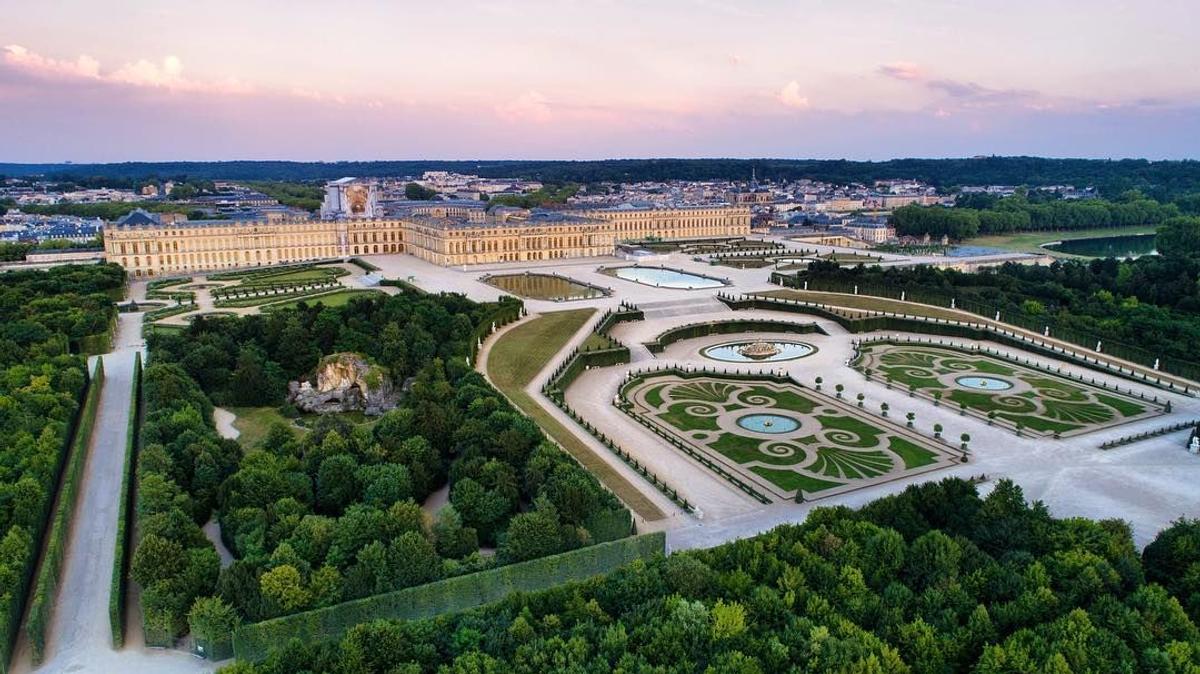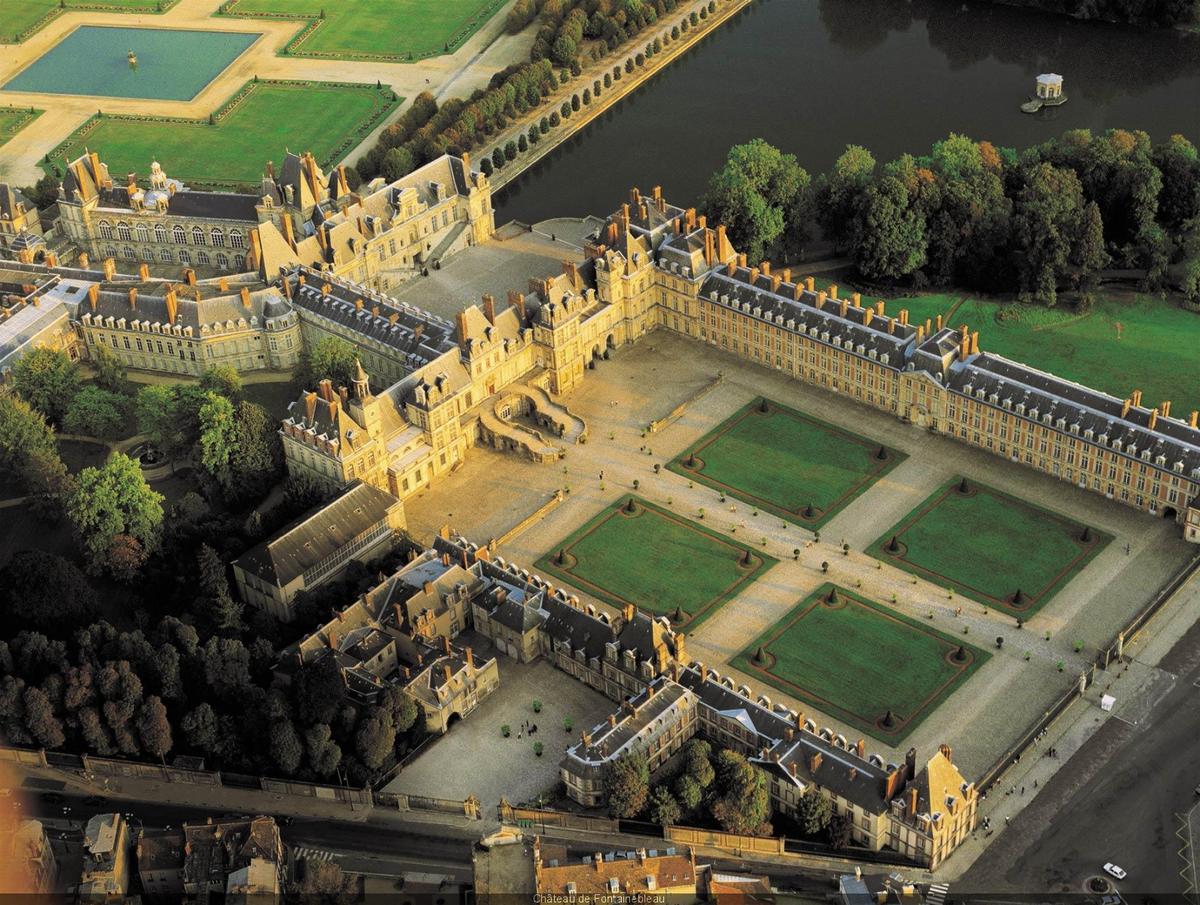FRENCH
Paris, L'Arc de Triomphe

FRENCH
Paris, L'Arc de Triomphe


Bonjour tout le monde,
J'espère que vous allez bien (I hope you are well).
We have arrived in our last region, Ile-de-France, which is centred on the capital city, Paris. Next year, I will tell you a lot more about the city and its landmarks but for today let's start at the very beginning: how the city was created.
From the middle of the 3rd-century BC, Île-de-France was inhabited by a Celtic tribe called Parisii. One of the area's major North–South trade routes crossed the Seine on the île de la Cité (a small island located in the centre of Paris). This meeting place of land and water trade routes gradually became an important trading centre.
The Romans conquered the area in 52 BC and began their settlement on Paris's Left Bank. It became a prosperous city with a forum, baths, temples and theatres. Christianity was introduced in the middle of the 3rd century AD by Saint Denis, the first Bishop of Paris.
Clovis the Frank made the city his capital from 508. Fortification of the Île de la Cité failed to avert sacking by Vikings in 845, but the city's strategic importance—with its bridges preventing ships from passing—was established by successful defence in the Siege of Paris (885–86).
In 987, Hugh Capet was elected King of the Franks and Paris gradually became the largest and most prosperous city in France.
If you are wondering how Paris looked like in the Middle Ages, click on the following video:
The Kings of France enjoyed getting away from Paris and hunting in the game-filled forests of the region. They built palatial hunting lodges, most notably Palace of Fontainebleau and the Palace of Versailles. From the time of Louis XIV until the French Revolution, Versailles was the official residence of the Kings and the seat of the French government. Île-de-France became the term used for the territory of Paris and the surrounding province, which was administered directly by the King.




During the French Revolution, the royal provinces were abolished and divided into departments, and the city and region were governed directly by the national government.
In 1959, a new region was created out of six departments. This was renamed ‘île de France’ in 1976.
Back at Weeden...
Today I have decided to show you short videos of the work we are doing in class. While the students are learning how to express their food preferences in Year 1 and Year 2, we are going a step further in Year 4 with the addition of colour adjectives. At that level, the students are starting to learn that the endings of adjectives follow the genders of the nouns they are describing. In Year 5/6, the students are learning to apply this rule to a variety of adjectives.
Today's French song is 'Bye Bye' by Tibz:
Passez une très bonne semaine (Have a lovely week)!
A bientôt,
Delphine